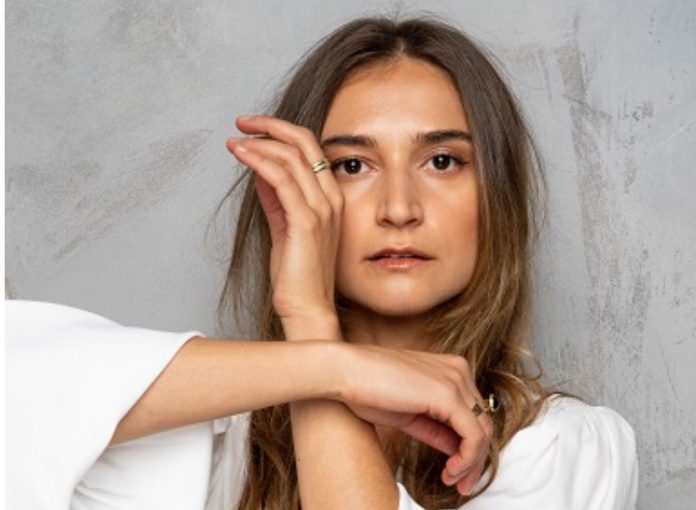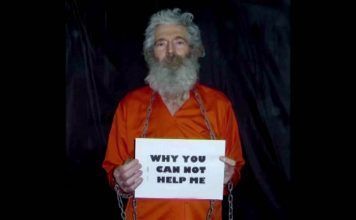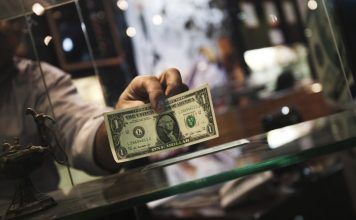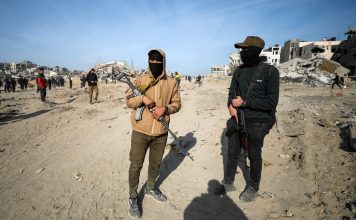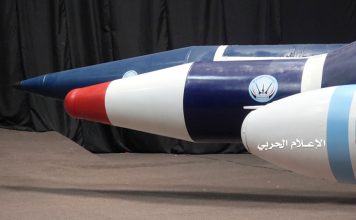By Katayoun Shahandeh
Isabella Nefar is an Iranian-Italian actor who spent her formative years in Iran before studying in Italy and later at the London Academy of Music and Dramatic Art (LAMDA). She recently finished filming “Reading Lolita in Tehran,” the movie adaptation of Azar Nafisi’s bestselling memoir.
Nefar gained prominence on stage as the lead in Yael Farber’s “Salome” at the National Theatre in London.
Nefar has also starred in Showtime’s “Small City;” acted alongside Mark Rylance, Johnny Depp, and Robert Pattinson in “Waiting for the Barbarians,” which premiered at the Venice Film Festival; and appeared in Apple TV’s “Tehran.”
[aesop_image img=”https://kayhanlife.com/wp-content/uploads/2023/12/PAO09686-copia.jpg” panorama=”off” credit=”Courtesy of Isabella and credit/photographer is Paolo Palmieri.” align=”center” lightbox=”on” captionsrc=”custom” captionposition=”left” revealfx=”off” overlay_revealfx=”off”]
Kayhan Life caught up with Nefar for a conversation about her life and work.
Can you speak about your background and how and why you embarked on a career in acting?
I grew up in Tehran, and was an active child, good at singing and dancing. When I was younger, I didn’t really want to become an actor – I wanted to become a backup dancer for Michael Jackson! I would watch his videos repeatedly, and memorize the choreography.
Finding creative classes in Tehran was immensely challenging due to the predominantly private nature of such offerings, so I resorted to creating my own activities, orchestrating plays and choreographing dances for my schoolmates.
As I grew older and became increasingly drawn to acting, the scarcity of opportunities became apparent. I devoted hours to self-education, immersing myself in both Western and Iranian cinema. I watched pirated movies by Abbas Kiarostami, Federico Fellini, Akiro Kurosawa, and others; they deepened my curiosity about acting.
I didn’t really get the opportunity to act in Iran. I once approached a well-known director known for his productions of plays by Friedrich Dürrenmatt, Henrik Ibsen, and Jean-Paul Sartre. He had studied in Europe, and I hoped that he might understand my dual background and desire to learn acting. Yet he dismissed me as a foreigner — which intensified my resolve to break free from the limitations imposed on me, and to prove to the world that I could pursue acting. Moving to Italy, I auditioned for drama school, and luckily found that I had an affinity for it.
Have any actors had a significant influence on your career or acting style?
I often felt torn between cultures, and didn’t come across actors who shared this duality, so I struggled to find role models. My aspiration was to work both inside and outside of Iran, collaborating with Iranian directors. I admired actors like Golshifteh Farahani and Layla Hatami for their acting styles and the realism that they brought to their work. But I was particularly captivated by directors.
Asghar Farhadi’s films, for instance, fascinated me for portraying Iranian society without imposing ideas on the audience, leaving room for individual interpretation. On the other end of the spectrum, I was drawn to Fellini’s surreal, collage-like films, which seemed more like paintings. These contrasts—between Farhadi’s nuanced storytelling and Fellini’s dreamlike visuals—formed the foundations for my inspiration.
You’ve recently completed the film adaptation of Azar Nafisi’s bestselling novel Reading Lolita in Tehran, with well-known actresses such as Golshifteh Farahani and ZarAmir-Ebrahimi. Can you tell us about your experience of working on this film?
Being part of this cast was a delight; we were all chosen meticulously. The director took a year, maybe two, to select each of us, shaping every character around our strengths. I auditioned for three different roles, and when I was assigned my character, it just clicked—it felt right for me.
It was fascinating to work with Iranian women from different parts of the diaspora. Everyone was supportive, creating a space where we could bring this story to life. Having Azar Nafisi on set was also a tremendous gift.
We portrayed women from a post-revolution era, a time we hadn’t lived through. Even Golshifteh, the oldest among us, portrayed a character who had a different upbringing from hers. The costumes were intriguing—familiar yet different, like the maghna’eh and long coats in specific dark colors, which were not part of my experience.
The beauty of the story, and how it was depicted in the film, lies in the diversity of women from various backgrounds, social classes, and religious beliefs converging in Azar Nafisi’s house over a shared passion for Western literature, which became a lens through which they viewed life after the Revolution, reflecting their own experiences. Exploring this as Iranian women, close yet distant from these experiences, was profoundly moving.
Playing my character, Yassi, was a joy; she’s the youngest in the group, untouched by some of the hardships the others faced. She brought lightness to the room, and I relished portraying her, because it countered the stereotype of Iranian women solely as victims of a patriarchal society. It also challenged me, because she was different from who I ampersonally.
How do you see your role as an Iranian actress in shaping cultural representation in the industry? Do you find yourself pigeonholed in stereotypical representations of Iranians that we have seen in so many Hollywood movies?
I think that thankfully things have changed since the time of films like “Homeland” and “Argo.” The roles being offered now are more diverse and interesting. Also, the people behind the scenes, the writers, and directors, are often Iranians from the diaspora. They aim to depict the complexity of these characters beyond political affiliations or societal injustices.These stories are crucial, and as Iranians, we hold the responsibility to tell them.
My image doesn’t conform to the typical Middle Eastern woman’s stereotype, offering advantages and drawbacks. While it’s an advantage to audition for diverse roles, it becomes a challenge when I don’t meet the expected archetype. Being pigeonholed as an actor can sometimes aid in getting work, but it’s equally tough to break away from those expectations. In Iran, I blend in, but in the West, I don’t match the stereotype. This mismatch impacts how I’m perceived and considered for roles, straddling identities without fitting a specific regional mould.
What advice would you give to aspiring actors, especially those from diverse backgrounds such as yours?
I’d advise newcomers in our industry to focus on crafting compelling stories. It’s a fantastic time to share diverse experiences and different ways of life. Surround yourself with a talented team and explore your creative abilities. Whether it’s writing, shooting films with your phone, or using various skills like singing or directing, seize the opportunities. Nowadays, the industry welcomes multi-talented individuals who can write, direct, and produce their own stories. This approach grants more creative control despite its challenges.
Are there any upcoming projects or roles you’re particularly excited about that you can tell us about?
There are some I can’t quite share yet, but one project is a documentary that I’m co-directing and producing. It revolves around three international actors, including myself, from South Korea and India, living in different countries. The film delves into their experiences as women in the industry, comparing their perceptions in the West versus their home countries. It’s an intriguing process, notably managed entirely through remote work due to COVID, using cameras and Zoom for all interactions.

